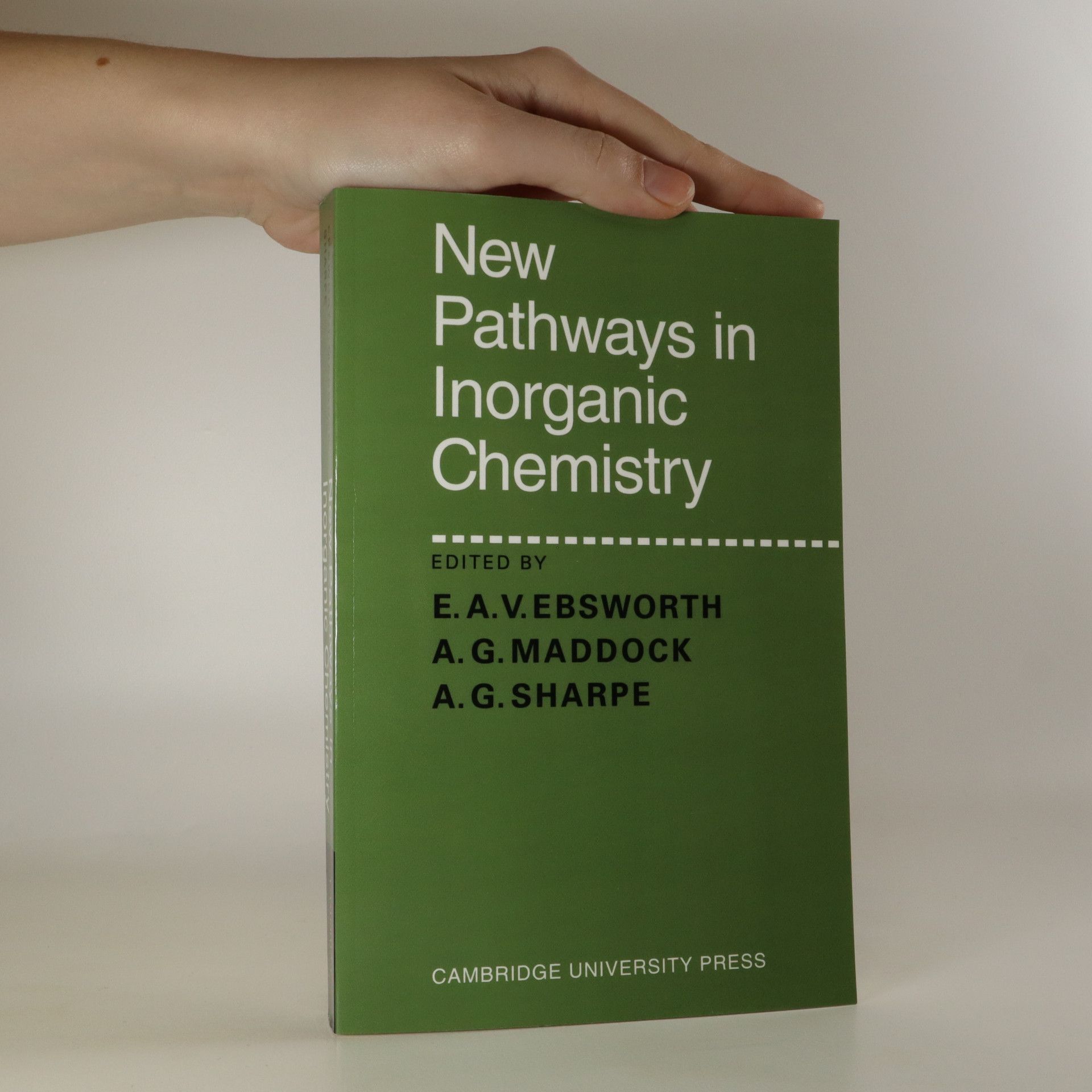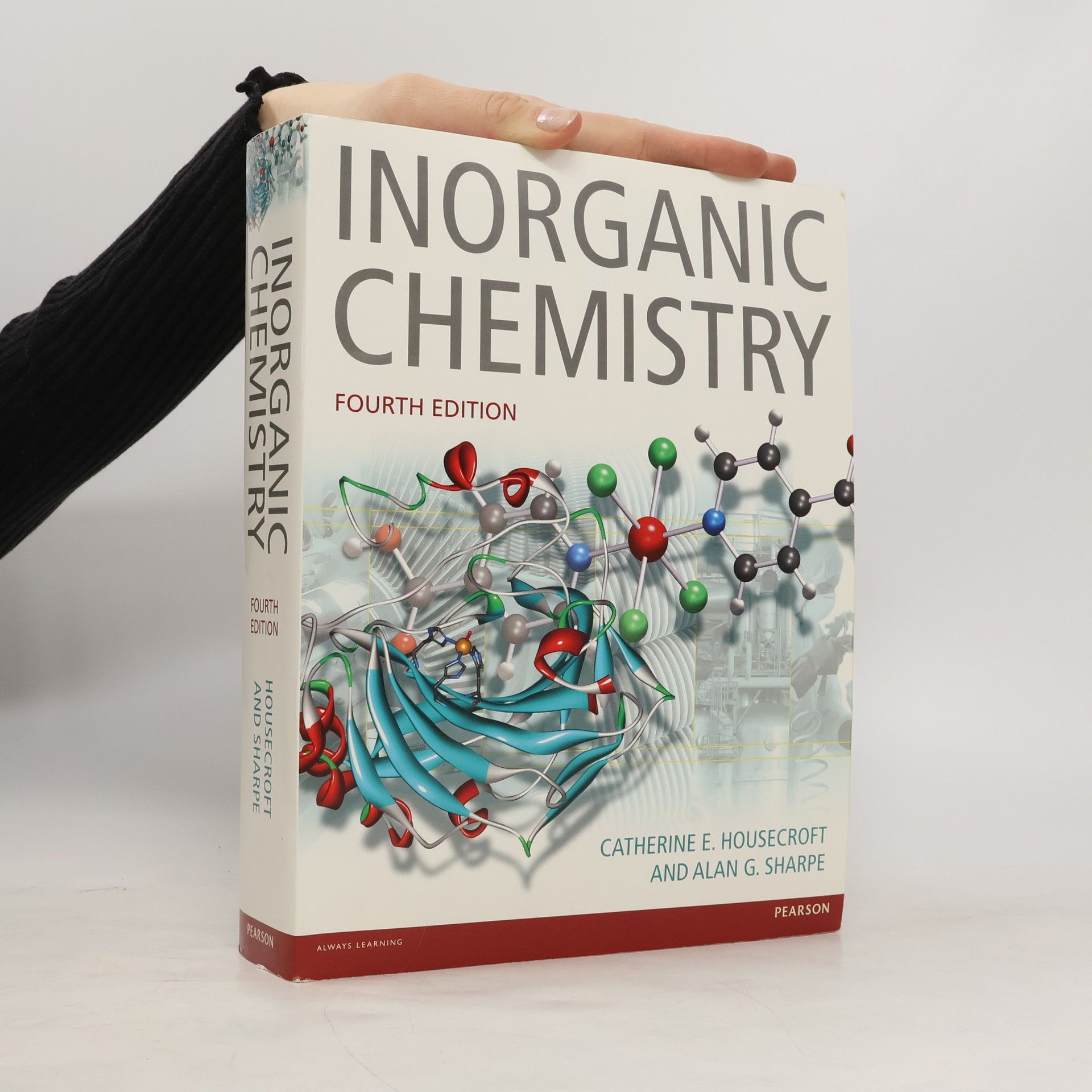Inorganic Chemistry
- 1256pages
- 44 heures de lecture
Now in its fourth edition, this well-respected international textbook is designed primarily for students but also serves as a valuable reference for professionals in inorganic chemistry. It offers a clearly written and beautifully illustrated introduction to core physical-inorganic principles and the descriptive chemistry of elements, emphasizing the relevance of inorganic chemistry in everyday life. The text covers catalysis, industrial processes, bioinorganic chemistry, and nanotechnology, incorporating the latest advances in these areas. A new chapter on experimental techniques, along with numerous worked examples and exercises, illustrates a broad range of applications in inorganic chemistry. The striking full-colour design features three-dimensional molecular and protein structures, enticing students to explore the subject. Environmental issues, biological connections, and practical applications are highlighted through topic boxes, enhancing the appreciation of inorganic chemistry's importance. A strong pedagogic approach includes step-by-step worked examples, self-study exercises, and end-of-chapter problems that reinforce learning. Definitions panels and checklists serve as excellent revision aids, while further reading suggestions encourage deeper exploration. The Companion Website offers additional resources, including multiple-choice questions and rotatable 3-D molecular structures. A "Solutions Manual" with detaile

